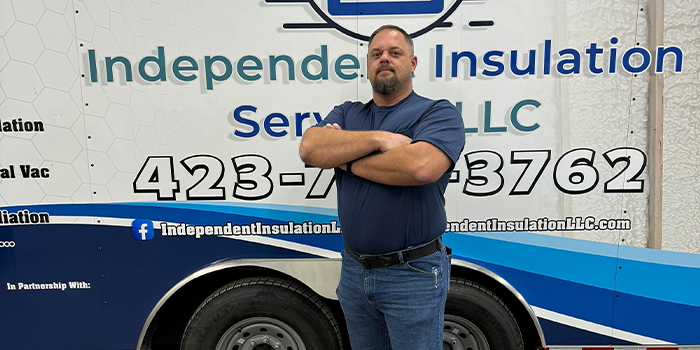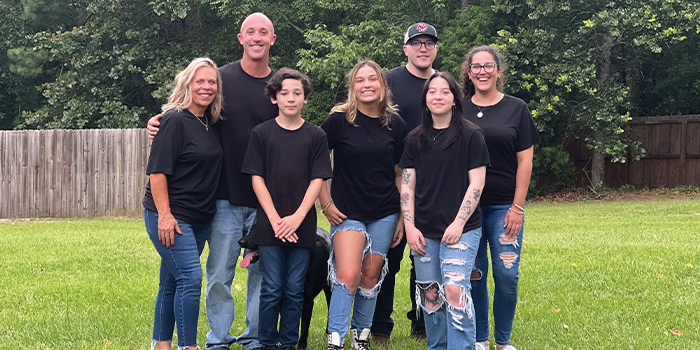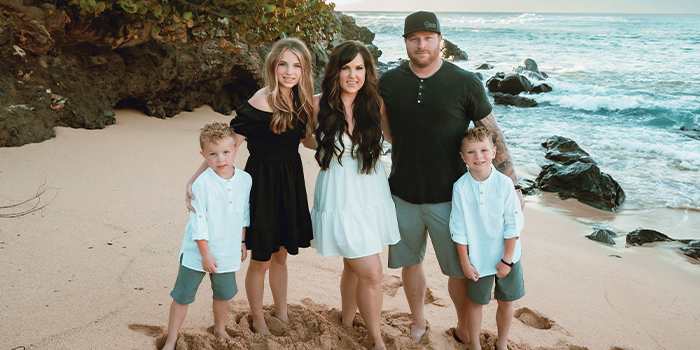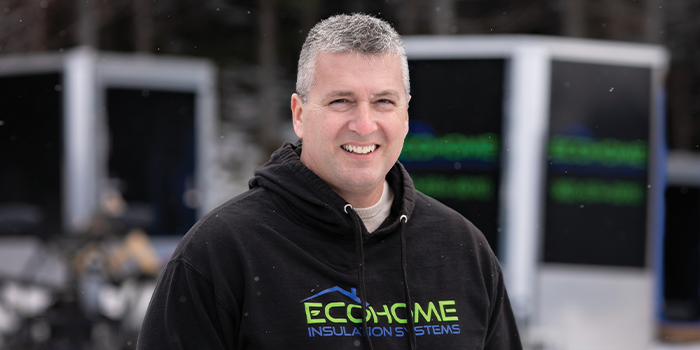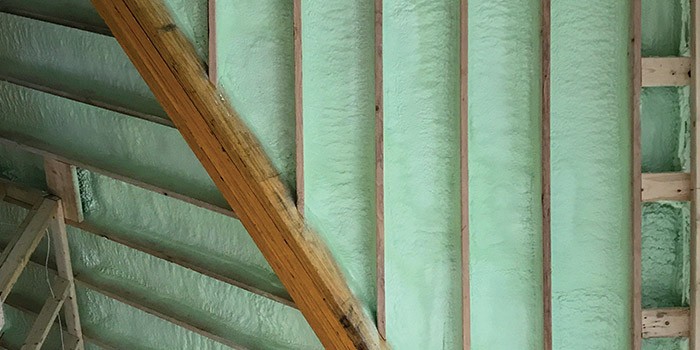
Canadian Country

PORT CARLING, ON – May 3, 2018 – While scrolling through the Spray Foam World Wide feed one day, I came across a project on a Canadian cottage that caught my eye. The home sat on a pristine lake with large glass windows that faced the scenic horizon. I started to imagine what it would be like to live there, but more importantly, how the home would withstand the frigid temperatures that Canada boasts. With a curious mind such as mine, I had to talk to the contractor to find out more.
“The homeowner is still in the process of building the cottage from spare parts of salvaged materials such as marble slabs, intricate bricks, and multi-sized doors that he has pulled from various jobs. With freezing temperatures here in Canada during the winter, the owner was only able to work on the home seasonally, but with the help of spray foam, they will be able to build the cottage throughout the entire year comfortably,” explains Shawn Gauthier, owner of Combat Foam Insulation Inc. (CFII). “That’s where we came in.”
Since most of the house was made of glass and a steel frame, the two-man CFII crew masked off the perimeter of the interior of the home consisting of the windows, doors, and framing. Equipped with half-mask forced air systems, Tyvek suits, and cotton gloves, the team applied four inches of GENYK Boreal Nature closed-cell 2lb. foam blown with Lavender water with a Graco Fusion AP gun and Graco Reactor E-30 to the interior of the walls. Wasting no time, the crew moved onto the roofline where they applied 5.5 inches of the GENYK Boreal Nature foam.
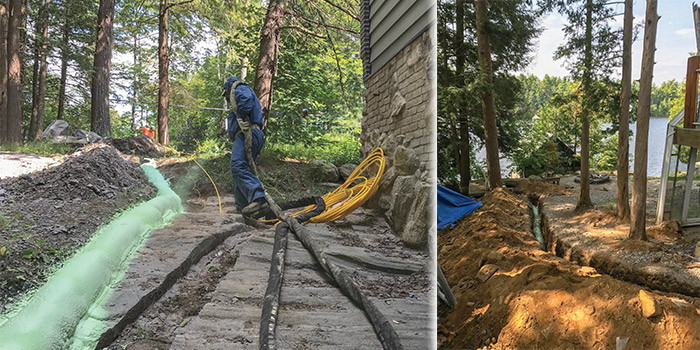
The cottage is located on Acton Island, south of Port Carling in Ontario, Canada. The CFII team insulated the water and sewage lines to keep heated during
the freezing winter months.
What originally began as a job to insulate the roofline and the interior walls of the home, consequently turned into a two-part job. The CFII crew recognized the homeowners need of insulation for the sewage and waterline that ran from the waterfront home to the lakeside.
“Due to extreme temperatures during the winter, the residential homes in the ‘Cottage Country’ are unable to use their water and sewage for four or five months of the year because the lines freeze, and when you bury them underground they can potentially break. With the use of spray foam, it will allow the waterlines to withstand such frigid temperatures,” notes Gauthier.
After talking the homeowner into the idea, the CFII crew were brought back two months later to complete the job in only a day’s time. First, the crew applied six inches of GENYK Boreal Nature closed-cell 2lb. foam blown with Lavender water with a Graco Fusion AP gun and Graco Reactor E-30 in two-inch passes to make a substrate for the waterline to be placed on top of. Then, CFII wrapped the pipe with a Tyvek tracer line and applied another six inches of foam to the topside of the waterline. This method will allow the homeowner to heat the line for the water coming into the home and the sewage coming out of it all year round at a minimal cost. The same process was completed for the sewage line.
When asked what the owner thought of the results of SPF, having never used it before, Gauthier replies, “The owner will have us coming back to spray more. Our next project will be to insulate his boat which will be turned into a guest house.” But that story is for another time.
For more information on Combat Foam Insulation Inc., go to www.combatfoaminsulation.ca.

